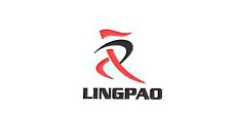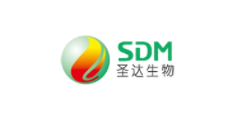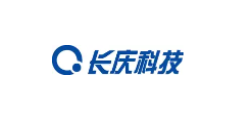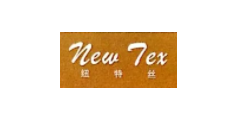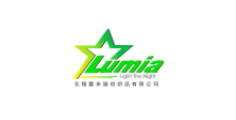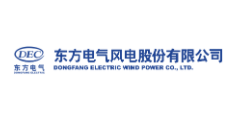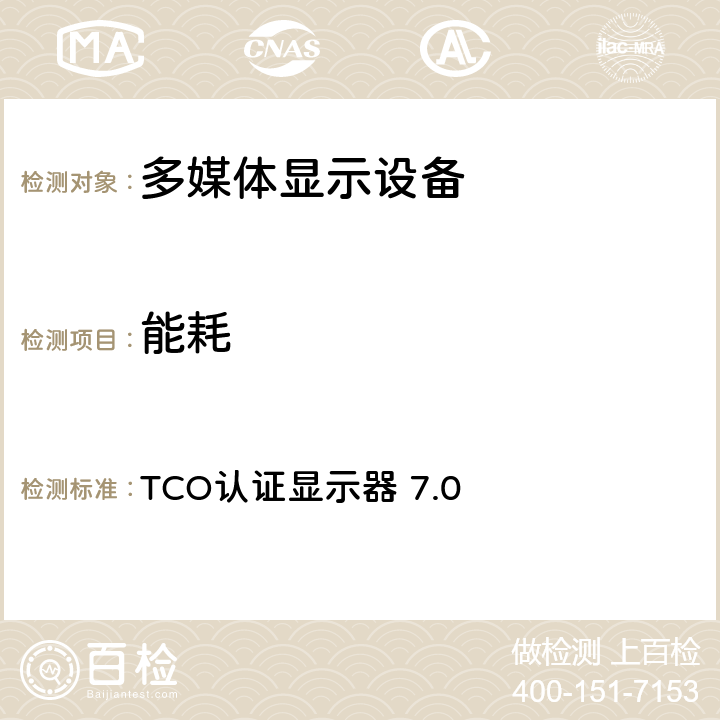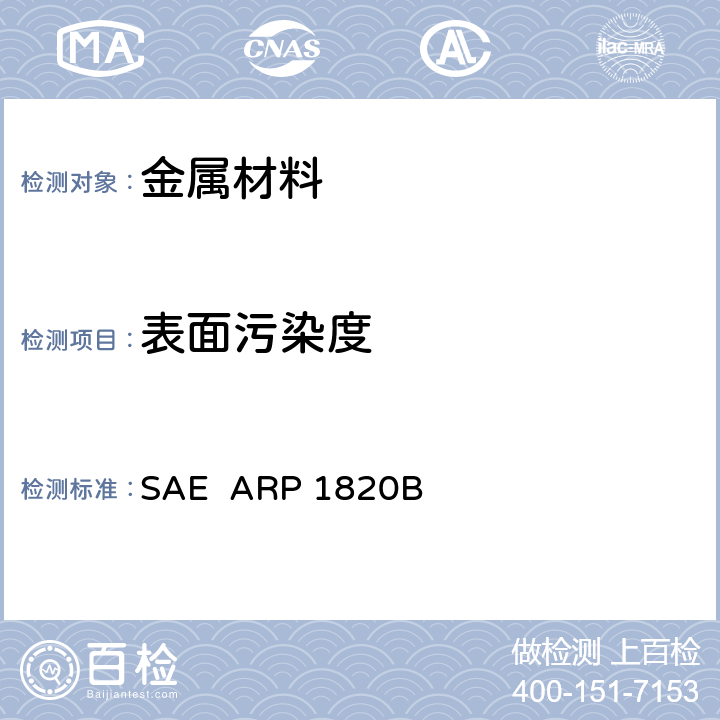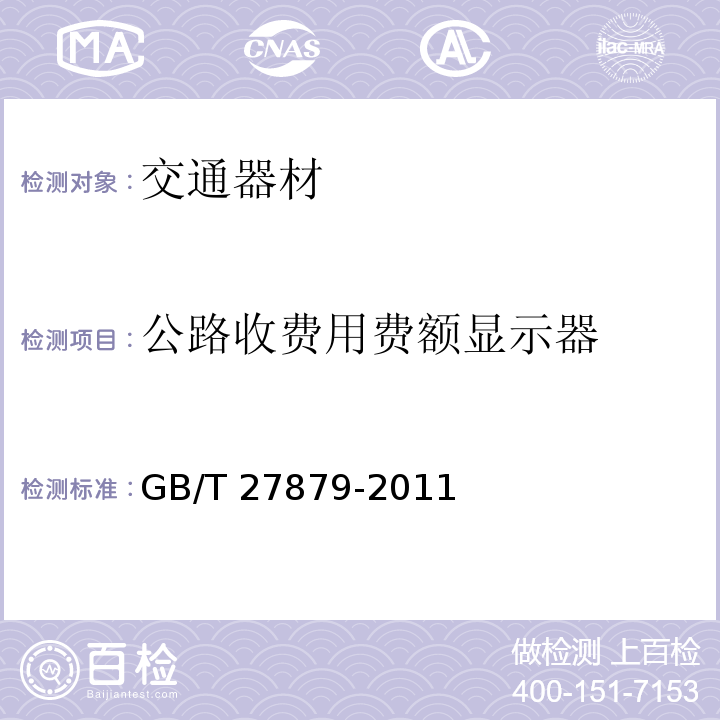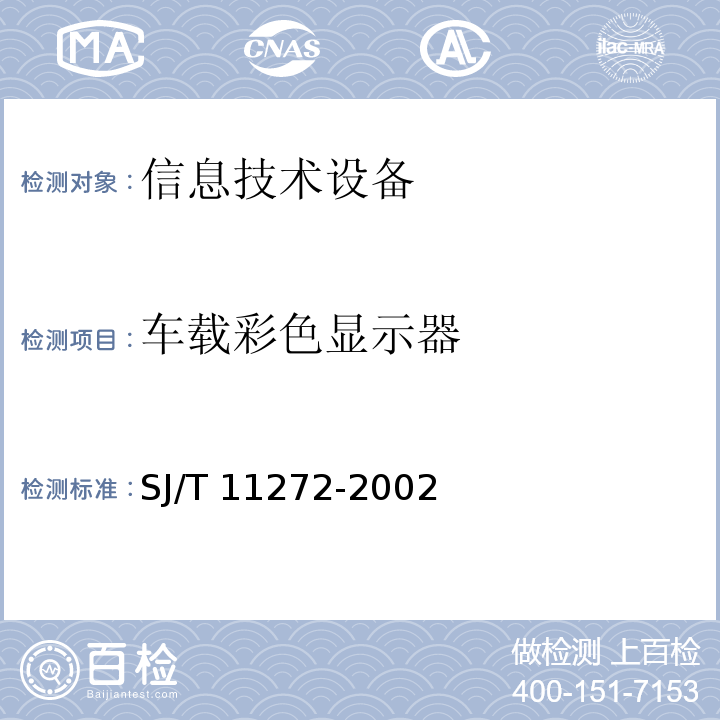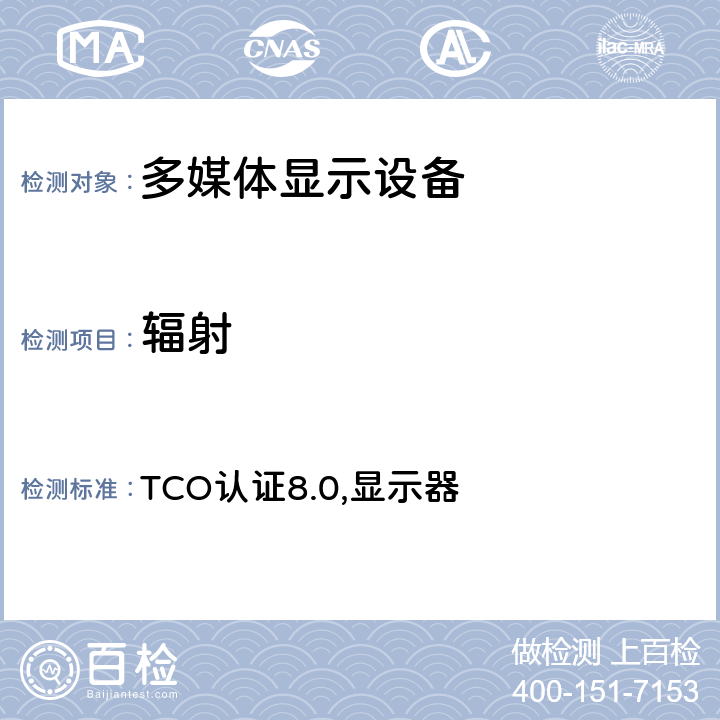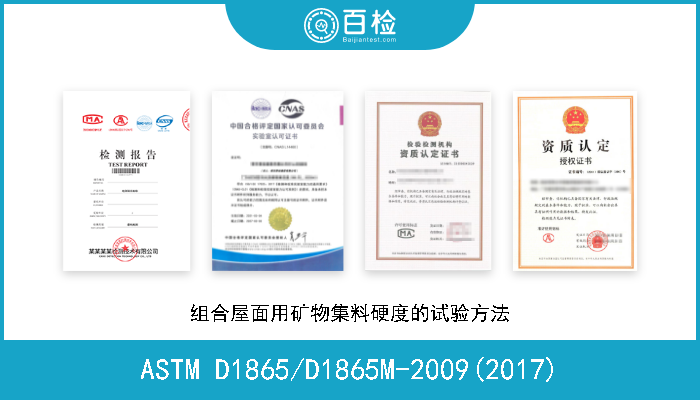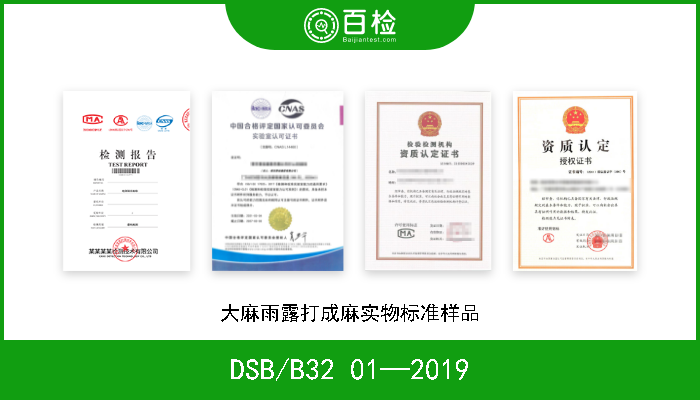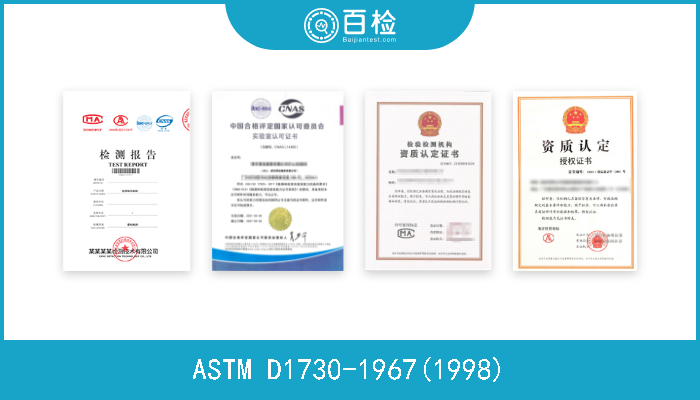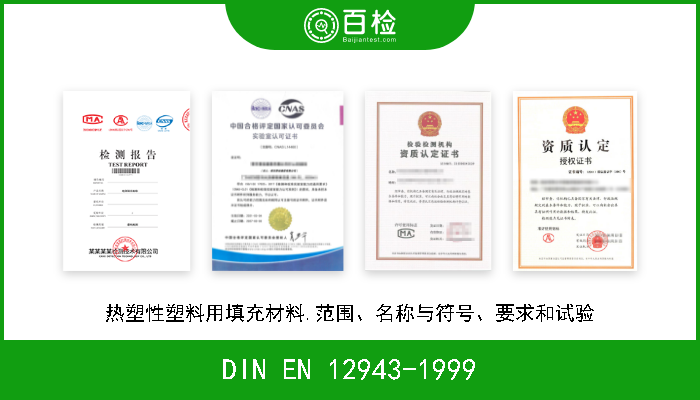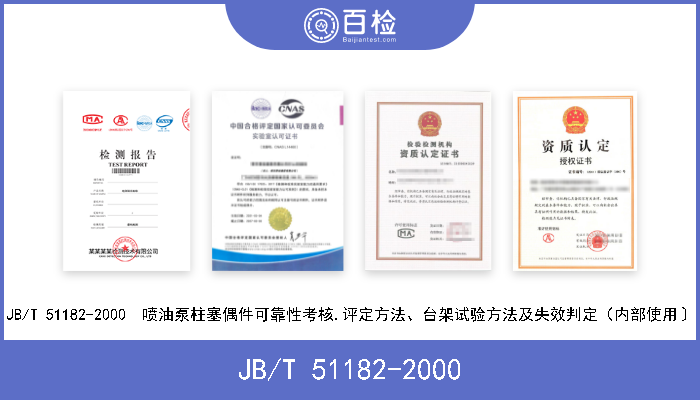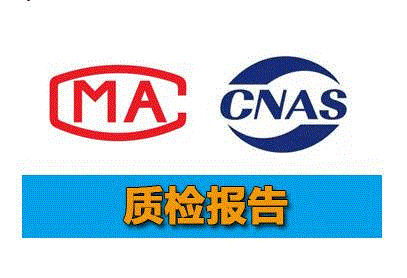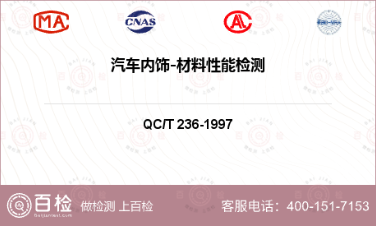SAE ARP 5898-2002 飞行甲板表面操作显示器的人性化界面标准
百检网 2021-07-14
标准号:SAE ARP 5898-2002
中文标准名称:飞行甲板表面操作显示器的人性化界面标准
英文标准名称:Human Interface Criteria for Flight Deck Surface Operations Displays
标准类型:V41
发布日期:1999/12/31 12:00:00
实施日期:1999/12/31 12:00:00
中国标准分类号:V41
国际标准分类号:49.100
引用标准:RTCA DO-242A-2002;RTCA DO-247-1999;RTCA DO-257;RTCA DO-272;SAE ARP 268;SAE ARP 571;SAE ARP 1068;SAE ARP 1093;SAE ARP 1161-1972;SAE ARP 1782-1989;SAE ARP 1874-1988;SAE ARP 4032-1988;SAE ARP 4033-1995;SAE ARP 4101-1988;SAE ARP 4101/2-1989;SAE ARP 4102-1988
适用范围:Following a number of high-visibility collisions between aircraft on the airport surface, overall taxi operations have been brought under greater scrutiny. In addition, observation of taxi operations and the results of associated research programs have revealed that the efficiency of taxi operations could be significantly improved with available technologies and by applying a human centered design approach. Surface operations displays have been tested in prototype form and a number of manufacturers are moving toward product definition. This document provides guidance on the design of elements, which may be part of surface operations displays whose objectives would be to enhance safety and to improve overall efficiency of aircraft operations on the airport surface. Such efficiency increases should be realized not only in day- to-day operations, but should also be manifested in training for surface operations. This document sets forth functional and design recommendations concerning the human factors issues and criteria for flight deck display of surface operations information. It is assumed that the system will have a human centered design based on the lessons learned from past systems, with simple operation, consistent performance, and intuitive use, without negative transfer of information. The visual and aural characteristics are covered for both the alerting components and surface operations display components. The display system may contain any one or a combination of these components. Although the system functionality assumed for this document exemplifies fixed-wing aircraft implementation, the recommendations do not preclude other aircraft types. The recommendations contained in this document address both near- and far-term technology directed toward providing information used during surface operations, although the present version remains primarily focused on near-term applications. Since this type of document provides only best practice recommendations, the guidance is provided in the form of should statements as opposed to the shall statements that appear in standards and requirements types of documents. The assumptions about the system that guided and bounded the recommendations contained in this document include: The system is a flight-deck-based system displaying surface operations information to the flight crew in visibility conditions down to and including CAT IIIb or under a Surface Movement Guidance and Control System (SMGCS); When available, multiple sources of data will be used to provide the flight crew with the best available information; The system will be capable of worldwide operation; At least initially, paper and/or electronic versions of the surface charts will still exist and be available to the flight crew; There will be pilot-in-the-loop/manual involvement in any path changes; Information will be accessible by appropriate flight crew members; The system will be based on the English language, but other languages may be considered; The system will be available full time during all ground operations; Ground operations are defined as the time from the gate to 1000 feet AGL or the departure end of the runway on departure and from 1000 feet AGL to the gate on approach. The display function may be stand alone or part of a multi-function display; Initial design will provide for upgradeability and expansion; The human interface will be integrated with other display functions and will not interfere with any other flight deck functions; In-flight planning displays of surface information will be addressed by other standards development efforts focused on electronic charting;Whenever possible, information will be layered according to pre- selected priorities. The figures in this document are derived from ongoing experimental programs and are used as illustrative samples only.
中文标准名称:飞行甲板表面操作显示器的人性化界面标准
英文标准名称:Human Interface Criteria for Flight Deck Surface Operations Displays
标准类型:V41
发布日期:1999/12/31 12:00:00
实施日期:1999/12/31 12:00:00
中国标准分类号:V41
国际标准分类号:49.100
引用标准:RTCA DO-242A-2002;RTCA DO-247-1999;RTCA DO-257;RTCA DO-272;SAE ARP 268;SAE ARP 571;SAE ARP 1068;SAE ARP 1093;SAE ARP 1161-1972;SAE ARP 1782-1989;SAE ARP 1874-1988;SAE ARP 4032-1988;SAE ARP 4033-1995;SAE ARP 4101-1988;SAE ARP 4101/2-1989;SAE ARP 4102-1988
适用范围:Following a number of high-visibility collisions between aircraft on the airport surface, overall taxi operations have been brought under greater scrutiny. In addition, observation of taxi operations and the results of associated research programs have revealed that the efficiency of taxi operations could be significantly improved with available technologies and by applying a human centered design approach. Surface operations displays have been tested in prototype form and a number of manufacturers are moving toward product definition. This document provides guidance on the design of elements, which may be part of surface operations displays whose objectives would be to enhance safety and to improve overall efficiency of aircraft operations on the airport surface. Such efficiency increases should be realized not only in day- to-day operations, but should also be manifested in training for surface operations. This document sets forth functional and design recommendations concerning the human factors issues and criteria for flight deck display of surface operations information. It is assumed that the system will have a human centered design based on the lessons learned from past systems, with simple operation, consistent performance, and intuitive use, without negative transfer of information. The visual and aural characteristics are covered for both the alerting components and surface operations display components. The display system may contain any one or a combination of these components. Although the system functionality assumed for this document exemplifies fixed-wing aircraft implementation, the recommendations do not preclude other aircraft types. The recommendations contained in this document address both near- and far-term technology directed toward providing information used during surface operations, although the present version remains primarily focused on near-term applications. Since this type of document provides only best practice recommendations, the guidance is provided in the form of should statements as opposed to the shall statements that appear in standards and requirements types of documents. The assumptions about the system that guided and bounded the recommendations contained in this document include: The system is a flight-deck-based system displaying surface operations information to the flight crew in visibility conditions down to and including CAT IIIb or under a Surface Movement Guidance and Control System (SMGCS); When available, multiple sources of data will be used to provide the flight crew with the best available information; The system will be capable of worldwide operation; At least initially, paper and/or electronic versions of the surface charts will still exist and be available to the flight crew; There will be pilot-in-the-loop/manual involvement in any path changes; Information will be accessible by appropriate flight crew members; The system will be based on the English language, but other languages may be considered; The system will be available full time during all ground operations; Ground operations are defined as the time from the gate to 1000 feet AGL or the departure end of the runway on departure and from 1000 feet AGL to the gate on approach. The display function may be stand alone or part of a multi-function display; Initial design will provide for upgradeability and expansion; The human interface will be integrated with other display functions and will not interfere with any other flight deck functions; In-flight planning displays of surface information will be addressed by other standards development efforts focused on electronic charting;Whenever possible, information will be layered according to pre- selected priorities. The figures in this document are derived from ongoing experimental programs and are used as illustrative samples only.
百检能给您带来哪些改变?
1、检测行业全覆盖,满足不同的检测;
2、实验室全覆盖,就近分配本地化检测;
3、工程师一对一服务,让检测更精准;
4、免费初检,初检不收取检测费用;
5、自助下单 快递免费上门取样;
6、周期短,费用低,服务周到;
7、拥有CMA、CNAS、CAL等权威资质;
8、检测报告权威有效、中国通用;
客户案例展示
相关商品
版权与免责声明
①本网注名来源于“互联网”的所有作品,版权归原作者或者来源机构所有,如果有涉及作品内容、版权等问题,请在作品发表之日起一个月内与本网联系,联系邮箱service@baijiantest.com,否则视为默认百检网有权进行转载。
②本网注名来源于“百检网”的所有作品,版权归百检网所有,未经本网授权不得转载、摘编或利用其它方式使用。想要转载本网作品,请联系:service@baijiantest.com。已获本网授权的作品,应在授权范围内使用,并注明"来源:百检网"。违者本网将追究相关法律责任。
③本网所载作品仅代表作者独立观点,不代表百检立场,用户需作出独立判断,如有异议或投诉,请联系service@baijiantest.com
最新资讯

